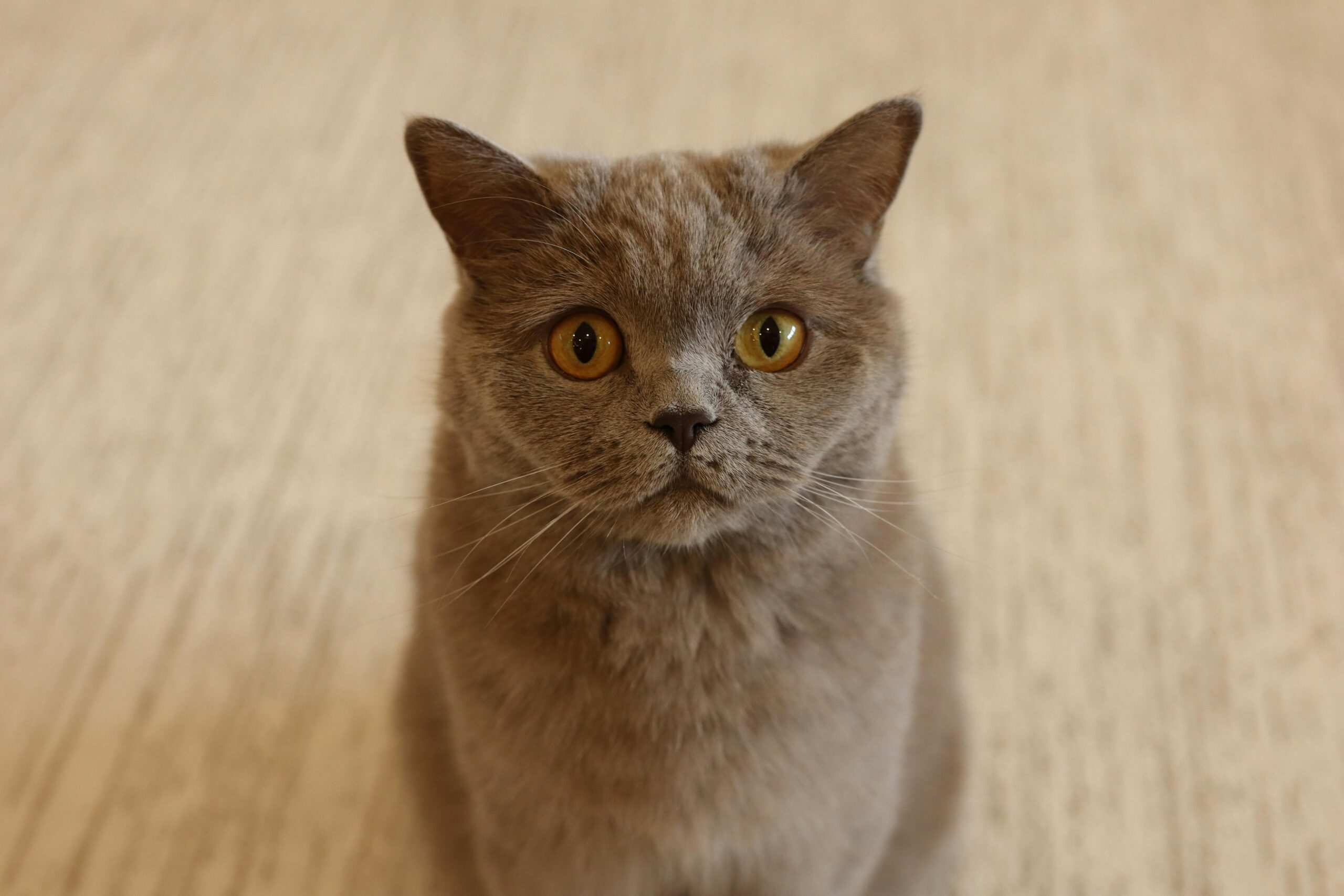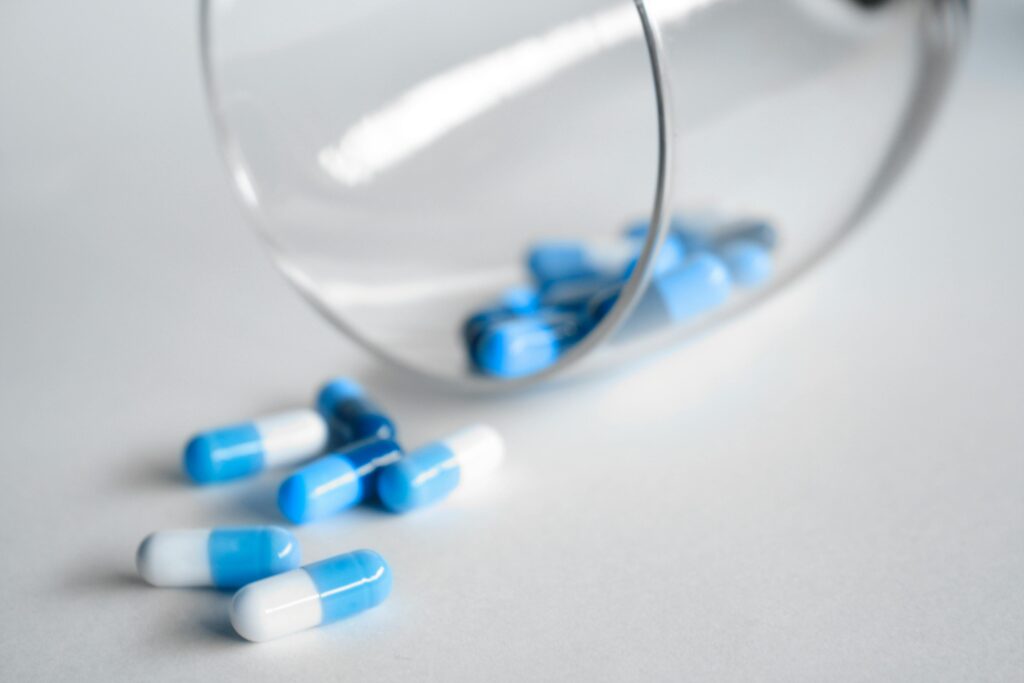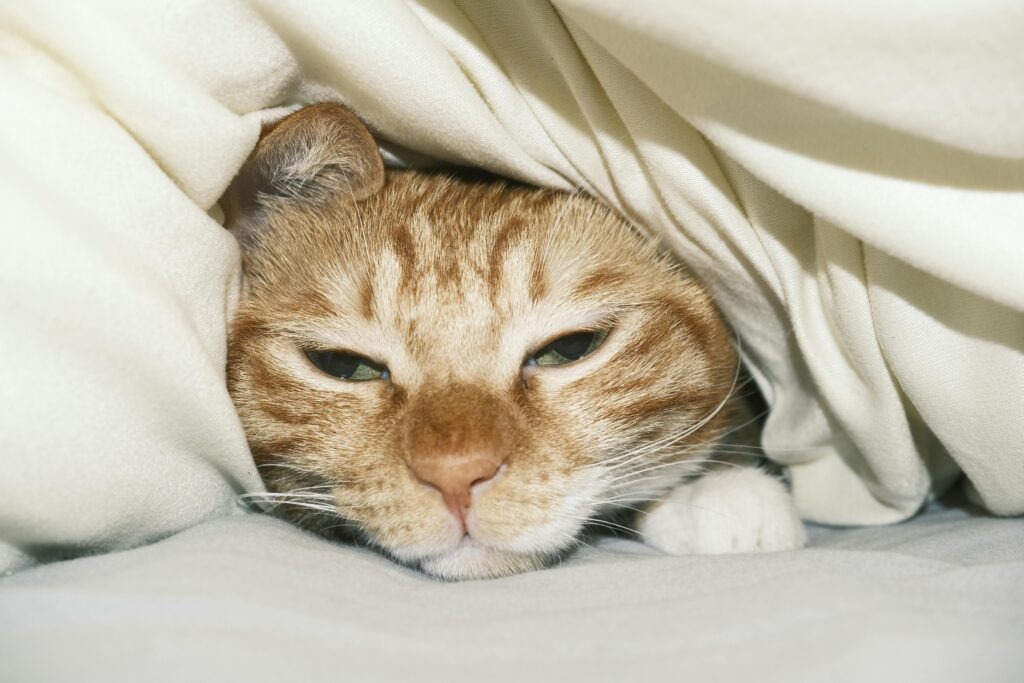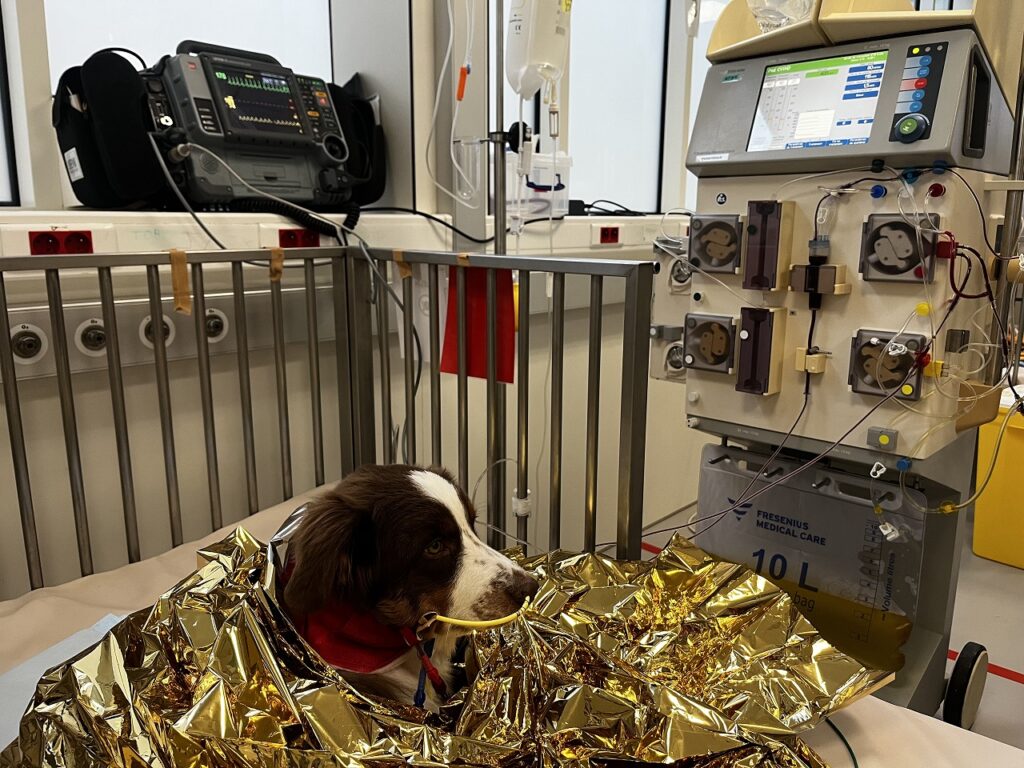
(Chronic) constipation is a common problem in (older) cats. In some cases, the underlying cause is easy to identify and resolve, making treatment relatively straightforward. In other cases, however, management becomes much more challenging—either because the underlying cause cannot be eliminated, and/or because there is advanced dysfunction of the colon.
In a previous Vet Info, we discussed the treatment of the acute stage of constipation in cats. In this Vet Info, we focus on the chronic management and prevention of constipation.
If the cat has already had repeated episodes of constipation/obstipation and/or if there are
underlying causes that will persist long term, it is recommended that preventative measures are
taken.
GOAL = To achieve at least one bowel movement per day with stools that are not excessively hard or dry.
Treat underlying diseases/comorbidities/obtain and maintain a good body condition:
If an underlying cause is identified, it should be treated whenever possible—for example, correcting electrolyte imbalances, promoting weight loss, managing pain, or discontinuing medications that may contribute to constipation.
Maintain good hydration status:
Analgesia (if needed):
Constipation/obstipation can be very painful. Moreover, (chronic) pain (e.g. due to osteoarthritis) can contribute to constipation/obstipation. Adequate analgesia is therefore always indicated. It is recommended to give drugs that do not further reduce colon motility (e.g., full opioides). Possible options include:
◾ Butorphanol 0.1-0.3 mg/kg IV, IM, SC q 1-4h.
◾ Buprenorphine 10-20 mcg/kg IV, IM, SC q 6-8h.
◾ Metamizole 20-50 mg/kg IV diluted q 8-24h.
Laxatives/prokinetics and rectal suppositories:
Since the most commonly used laxatives are osmotic laxatives that draw fluid to the colon, it is important that the cat is rehydrated first.
| Type | Product | Dose |
| Emollient (softens the stools) | Dioctyl sodium succinate or docusate | 10-15 ml/cat PO or 5-10 ml/cat via enema |
| Lubricant (lubricates the stools) | Mineral oil | Best not orally (risk of aspiration) 5-10 ml/cat via enema |
| Hyperosmotic (draws extra fluid to the colon) | Lactulose | 0.5 ml/kg PO q 8-12h or 5-10 ml/cat via enema |
| PEG 3350 (Movicol®,Miralax )*® | 1.9 g/cat or 1+1/4 teaspoon q 12h (can be doubled if after 48h no defecation is seen) OR can be given via CRI (see later). | |
| Stimulant (stimulates colon motility) | Bisacodyl (Dulcolax )® | 5 mg PO q 24h |
| Prokinetic (stimulates colon motility in vitro – not demonstrated in vivo) | Cisapride | 2.5 mg/cat PO q 12h |
| Rectal suppository | Sodium laurylsulfoacetate (MicroLax )® | 2.5-5 ml (half a tube) rectally. May be repeated as needed. Often insufficient with full colon impaction/obstipation |
PO = per os (= orally)? CRI = constant rate infusion * May cause mild, usually not clinical, hyperkalemia with prolonged use. Monitoring of potassium levels is therefore indicated with long-term use.
Diet:
Dietary modification is not always necessary (e.g., in cases of one-time constipation and/or when there is a clear underlying cause that can be eliminated).
Adaptation of the diet is recommended in cases of chronic constipation and/or when a cat does not defecate frequently enough.
Even though there are no studies showing that canned food is more effective in preventing constipation, canned food is recommended (if the cat likes it) because it increases daily fluid intake.
In terms of diet, there are two options:
Low residue/high digestible diet:
Diet with higher fiber content:
Hill’s GI biome Digestive may also be considered à modulating the gut mirobiome.
Diagnosis of megacolon is based on:
colon diameter/length L5 > 1.48.
When conservative treatment is no longer successful, subtotal colectomy is indicated.

June 7, 2025
The use of antibiotics in dogs with acute diarrhea is a widely discussed topic in veterinary practice. Most cases of diarrhea are self-limiting and resolve...

June 7, 2025
Feline Infectious Peritonitis (FIP) is a complex and serious viral disease affecting cats. It is caused by a mutation of the feline coronavirus (FCoV). FIP...

June 7, 2025
Extracorporeal therapies are medical treatments in which blood or other bodily fluids are removed from the body, treated externally, and then returned. These therapies are...